
The newest update to the CUDA Toolkit, version 13.0, features advancements to accelerate computing on the latest NVIDIA CPUs and GPUs. As a major release, it lays the foundation for all future developments coming to the full CUDA 13.X software lineup. You can access these new features now. This post highlights some of the new features and enhancements included with this release��
]]>
As of today, NVIDIA now supports the general availability of Gemma 3n on NVIDIA RTX and Jetson. Gemma, previewed by Google DeepMind at Google I/O last month, includes two new models optimized for multi-modal on-device deployment. Gemma now includes audio in addition to the text and vision capabilities introduced in version 3.5. Each component integrates trusted research models: Universal��
]]>
In the rapidly evolving robotics and edge AI landscape, the ability to efficiently process and transfer sensor data is crucial. Many edge applications are moving away from single-sensor fixed-function solutions and in favor of diverse sensor arrays. These include vision, audio, temperature, force/torque, and communication sensors, IMUs, idaradar systems, ultrasounds, motors, and actuators.
]]>
Despite advances in medical imaging, many medical professionals still lack access to diagnostic imaging in their own offices. Vortex Imaging��a medical imaging device developer based in Israel and a member of the NVIDIA Inception program for startups��has built a solution. CT and MRI scans are powerful, but they require expensive infrastructure and are typically confined to hospital settings��
]]>
Missed GTC? This year��s training labs are now available on demand to watch anywhere, anytime.
]]>
Humans know more about deep space than we know about Earth��s deepest oceans. But scientists have plans to change that��with the help of AI. ��We have better maps of Mars than we do of our own exclusive economic zone,�� said Nick Rotker, chief BlueTech strategist at MITRE, a US government-sponsored nonprofit research organization. ��Around 70% of the Earth is covered in water and we��ve explored��
]]>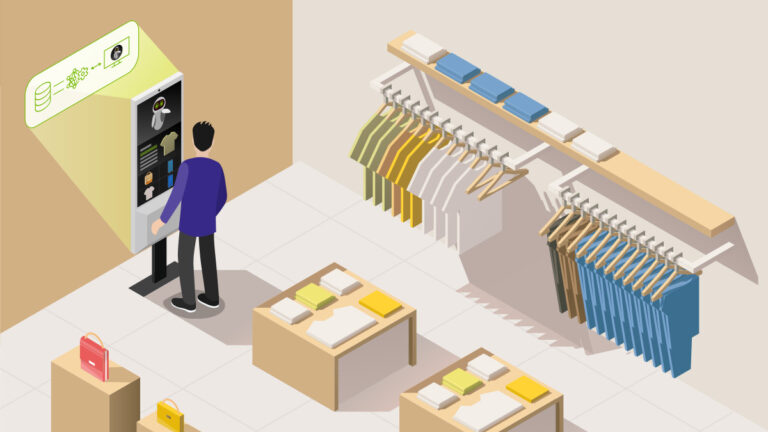
Building AI systems with foundation models requires a delicate balancing of resources such as memory, latency, storage, compute, and more. One size does not fit all for developers managing cost and user experience when bringing generative AI capability to the rapidly growing ecosystem of AI-powered applications. You need options for high-quality, customizable models that can support large��
]]>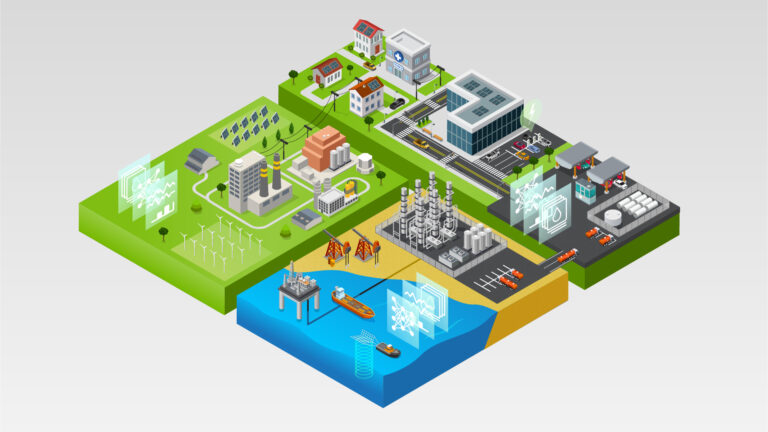
Learn from energy leaders using HPC and AI to boost exploration, production, and fuel delivery, while enhancing power grid reliability and resiliency.
]]>
As robotics and autonomous vehicles advance, accelerating development of physical AI��which enables autonomous machines to perceive, understand, and perform complex actions in the physical world��has become essential. At the center of these systems are world foundation models (WFMs)��AI models that simulate physical states through physics-aware videos, enabling machines to make accurate decisions and��
]]>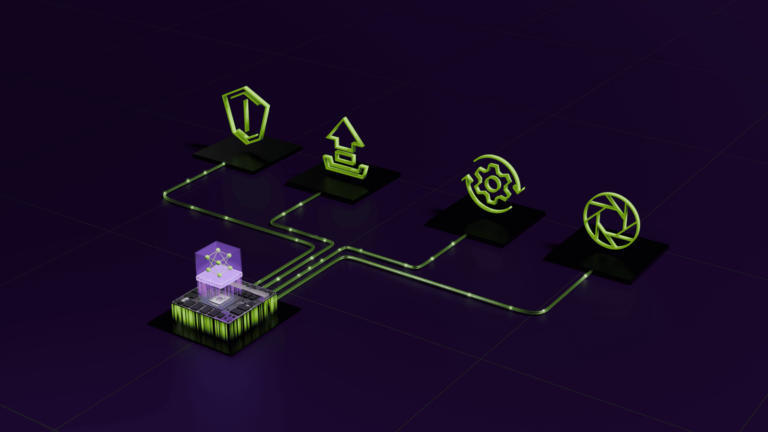
NVIDIA JetPack has continuously evolved to offer cutting-edge software tailored to the growing needs of edge AI and robotic developers. With each release, JetPack has enhanced its performance, introduced new features, and optimized existing tools to deliver increased value to its users. This means that your existing Jetson Orin-based products experience performance optimizations by upgrading to��
]]>
Meta recently released its Llama 3.2 series of vision language models (VLMs), which come in 11B parameter and 90B parameter variants. These models are multimodal, supporting both text and image inputs. In addition, Meta has launched text-only small language model (SLM) variants of Llama 3.2 with 1B and 3B parameters. NVIDIA has optimized the Llama 3.2 collection of models for great performance and��
]]>
NVIDIA has built three computers and accelerated development platforms to enable developers to create physical AI.
]]>
Neuromodulation is a technique that enhances or restores brain function by directly intervening in neural activity. It is commonly used to treat conditions like Parkinson��s disease, epilepsy, and depression. The shift from open-loop to closed-loop neuromodulation strategies enables on-demand modulation, improving therapeutic effects while reducing side effects. This could lead to significant��
]]>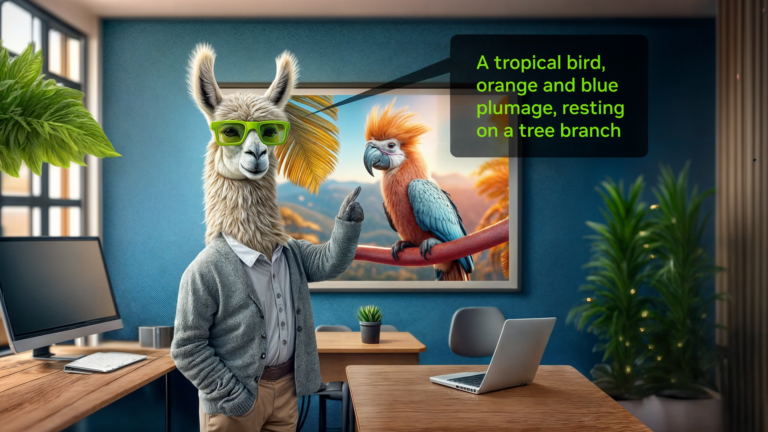
Expanding the open-source Meta Llama collection of models, the Llama 3.2 collection includes vision language models (VLMs), small language models (SLMs), and an updated Llama Guard model with support for vision. When paired with the NVIDIA accelerated computing platform, Llama 3.2 offers developers, researchers, and enterprises valuable new capabilities and optimizations to realize their��
]]>
Vision-language models (VLMs) combine the powerful language understanding of foundational LLMs with the vision capabilities of vision transformers (ViTs) by projecting text and images into the same embedding space. They can take unstructured multimodal data, reason over it, and return the output in a structured format. Building on a broad base of pretraining, they can be easily adapted for��
]]>
Machine Learning algorithms are beginning to revolutionize modern agriculture. Enabling farmers to combat pests and diseases in real time, the technology is improving crop production and profits, while reducing waste, greenhouse gas emissions, and pesticide use. Around 6% of the world��s CO2 emissions come from farming. And every year, up to 40% of crops are lost due to pests and disease.
]]>
Large language model (LLM) inference is a full-stack challenge. Powerful GPUs, high-bandwidth GPU-to-GPU interconnects, efficient acceleration libraries, and a highly optimized inference engine are required for high-throughput, low-latency inference. MLPerf Inference v4.1 is the latest version of the popular and widely recognized MLPerf Inference benchmarks, developed by the MLCommons��
]]>
An exciting breakthrough in AI technology��Vision Language Models (VLMs)��offers a more dynamic and flexible method for video analysis. VLMs enable users to interact with image and video input using natural language, making the technology more accessible and adaptable. These models can run on the NVIDIA Jetson Orin edge AI platform or discrete GPUs through NIMs. This blog post explores how to build��
]]>
Intelligent Transportation Systems (ITS) applications are becoming increasingly valuable and prevalent in modern urban environments. The benefits of using ITS applications include: Importantly, these systems need to process information at the edge for reliable bandwidth, privacy, real-time analytics, and more. This post explains how to use the new Jetson Platform Services from��
]]>
Developing effective locomotion policies for quadrupeds poses significant challenges in robotics due to the complex dynamics involved. Training quadrupeds to walk up and down stairs in the real world can damage the equipment and environment. Therefore, simulators play a key role in both safety and time constraints in the learning process. Leveraging deep reinforcement learning (RL) for��
]]>
NVIDIA JetPack SDK powers NVIDIA Jetson modules, offering a comprehensive solution for building end-to-end accelerated AI applications. JetPack 6 expands the Jetson platform��s flexibility and scalability with microservices and a host of new features. It��s the most downloaded version of JetPack in 2024. With the JetPack 6.0 production release now generally available��
]]>
The application of robotics is rapidly expanding in diverse environments such as smart manufacturing facilities, commercial kitchens, hospitals, warehouse logistics, and agricultural fields. The industry is shifting towards intelligent automation, which requires enhanced robot capabilities to perform functions including perception, mapping, navigation, load handling, object grasping��
]]>
During the IEEE International Conference on Robotics and Automation (ICRA) May 13-17 in Yokohama, Japan, many people will be discussing geometric fabrics. That topic is the subject of one of seven papers submitted by members of the NVIDIA Robotics Research Lab, along with collaborators, and featured at ICRA this week. In robotics, trained policies are approximate by nature.
]]>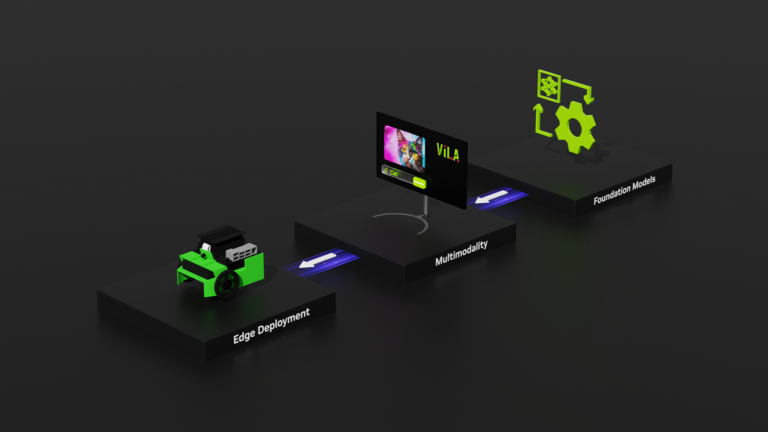
Note: As of January 6, 2025, VILA is now part of the Cosmos Nemotron VLM family. NVIDIA is proud to announce the release of NVIDIA Cosmos Nemotron, a family of state-of-the-art vision language models (VLMs) designed to query and summarize images and videos from physical or virtual environments. Cosmos Nemotron builds upon NVIDIA��s groundbreaking visual understanding research including VILA��
]]>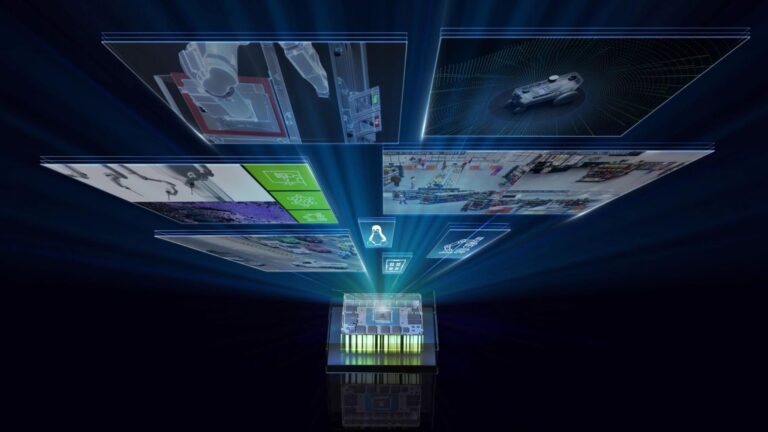
Note: As of January 6, 2025 VILA is now part of the new Cosmos Nemotron vision language models. Visual language models have evolved significantly recently. However, the existing technology typically only supports one single image. They cannot reason among multiple images, support in context learning or understand videos. Also, they don��t optimize for inference speed. We developed VILA��
]]>
We are so excited to be back in person at GTC this year at the San Jose Convention Center. With thousands of developers, industry leaders, researchers, and partners in attendance, attending GTC in person gives you the unique opportunity to network with legends in technology and AI, and experience NVIDIA CEO Jensen Huang��s keynote live on-stage at the SAP Center. Past GTC alumni? Get 40%
]]>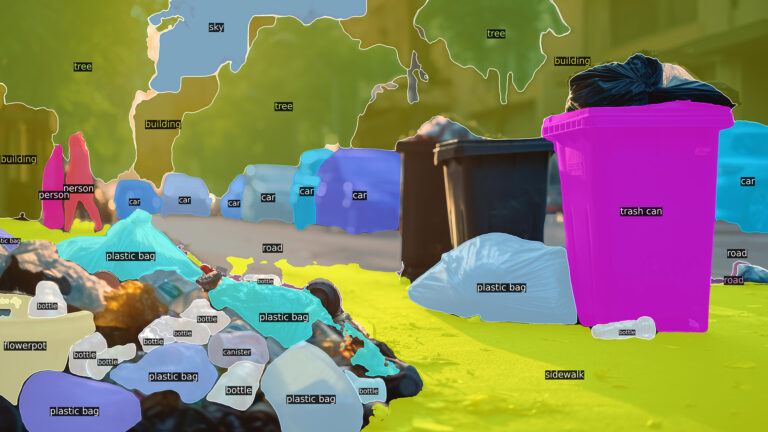
The past few decades have witnessed a surge in rates of waste generation, closely linked to economic development and urbanization. This escalation in waste production poses substantial challenges for governments worldwide in terms of efficient processing and management. Despite the implementation of waste classification systems in developed countries, a significant portion of waste still ends up��
]]>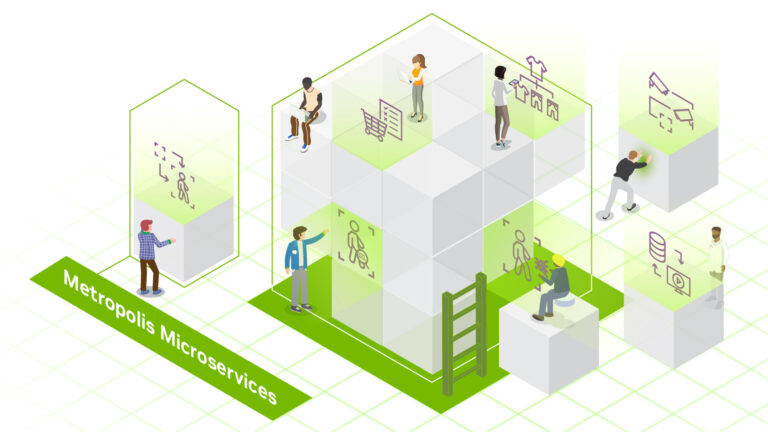
NVIDIA Metropolis Microservices for Jetson has been renamed to Jetson Platform Services, and is now part of NVIDIA JetPack SDK 6.0. Building vision AI applications for the edge often comes with notoriously long and costly development cycles. At the same time, quickly developing edge AI applications that are cloud-native, flexible, and secure has never been more important. Now��
]]>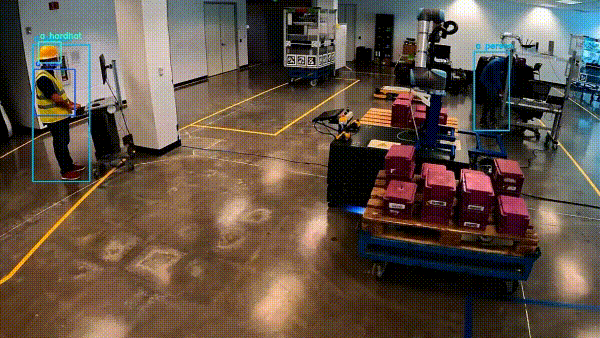
NVIDIA Metropolis Microservices for Jetson has been renamed to Jetson Platform Services, and is now part of NVIDIA JetPack SDK 6.0. NVIDIA Metropolis Microservices for Jetson provides a suite of easy-to-deploy services that enable you to quickly build production-quality vision AI applications while using the latest AI approaches. This post explains how to develop and deploy generative AI��
]]>NVIDIA Metropolis Microservices for Jetson has been renamed to Jetson Platform Services, and is now part of NVIDIA JetPack SDK 6.0. NVIDIA Metropolis microservices provide powerful, customizable, cloud-native APIs and microservices to develop vision AI applications and solutions. The framework now includes NVIDIA Jetson, enabling developers to quickly build and productize performant and��
]]>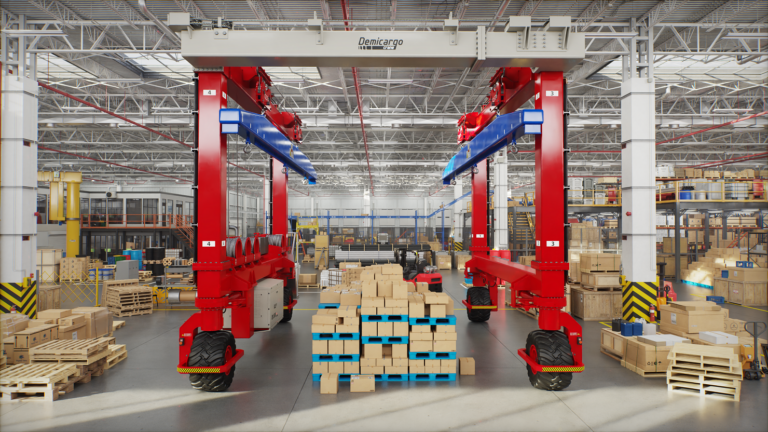
For robotic agents to interact with objects in their environment, they must know the position and orientation of objects around them. This information describes the six degrees of freedom (DOF) pose of a rigid body in 3D space, detailing the translational and rotational state. Accurate pose estimation is necessary to determine how to orient a robotic arm to grasp or place objects in a��
]]>
As we approach the end of another exciting year at NVIDIA, it��s time to look back at the most popular stories from the NVIDIA Technical Blog in 2023. Groundbreaking research and developments in fields such as generative AI, large language models (LLMs), high-performance computing (HPC), and robotics are leading the way in transformative AI solutions and capturing the interest of our readers.
]]>
AI-based computer vision (CV) applications are increasing, and are particularly important for extracting real-time insights from video feeds. This revolutionary technology empowers you to unlock valuable information that was once impossible to obtain without significant operator intervention, and provides new opportunities for innovation and problem-solving. NVIDIA DeepStream SDK targets��
]]>
NVIDIA and SparkFun invite developers to build innovative AI applications using the NVIDIA Jetson. Enter now.
]]>
NVIDIA Isaac Transport for ROS (NITROS) is the implementation of two hardware-acceleration features introduced with ROS 2 Humble-type adaptation and type negotiation. Type adaptation enables ROS nodes to work in a data format optimized for specific hardware accelerators. The adapted type is used by processing graphs to eliminate memory copies between the CPU and the memory accelerator.
]]>
Explore how Metropolis APIs and microservices on NVIDIA Jetson can significantly reduce vision AI development timelines from years to months.
]]>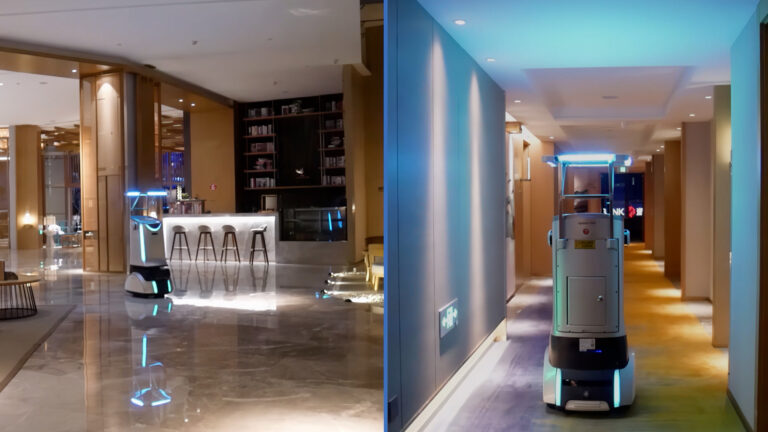
Recently, NVIDIA unveiled Jetson Generative AI Lab, which empowers developers to explore the limitless possibilities of generative AI in a real-world setting with NVIDIA Jetson edge devices. Unlike other embedded platforms, Jetson is capable of running large language models (LLMs), vision transformers, and stable diffusion locally. That includes the largest Llama-2-70B model on Jetson AGX Orin at��
]]>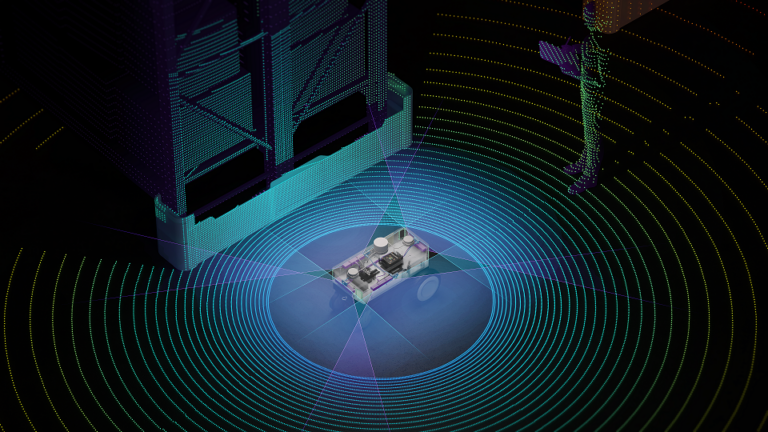
NVIDIA announced major updates to the NVIDIA Isaac Robotics platform today at ROSCon 2023. The platform delivers performant perception and high-fidelity simulation to robotics developers worldwide. These updates include the release of NVIDIA Isaac ROS 2.0 and NVIDIA Isaac Sim 2023.1 and perception and simulation upgrades that simplify building and testing performant AI-based robotic applications��
]]>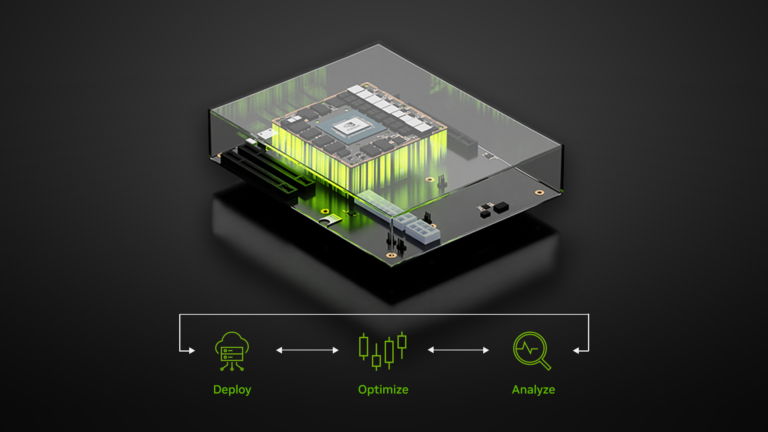
When working with embedded systems such as the Jetson modules, you must optimize your application based on your power budget and compute resources. To avoid performance or even thermal throttling issues, monitoring these resources becomes really important. Jetson modules are designed with a GPU, CPU, and various AI accelerators. They also feature a high-efficiency power management integrated��
]]>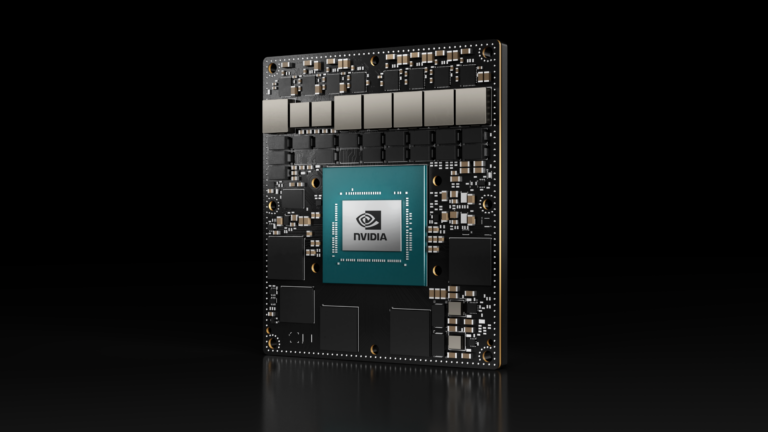
The camera module is the most integral part of an AI-based embedded system. With so many camera module choices on the market, the selection process may seem overwhelming. This post breaks down the process to help make the right selection for an embedded application, including the NVIDIA Jetson. Camera module selection involves consideration of three key aspects: sensor��
]]>
AI is transforming computing, and inference is how the capabilities of AI are deployed in the world��s applications. Intelligent chatbots, image and video synthesis from simple text prompts, personalized content recommendations, and medical imaging are just a few examples of AI-powered applications. Inference workloads are both computationally demanding and diverse, requiring that platforms be��
]]>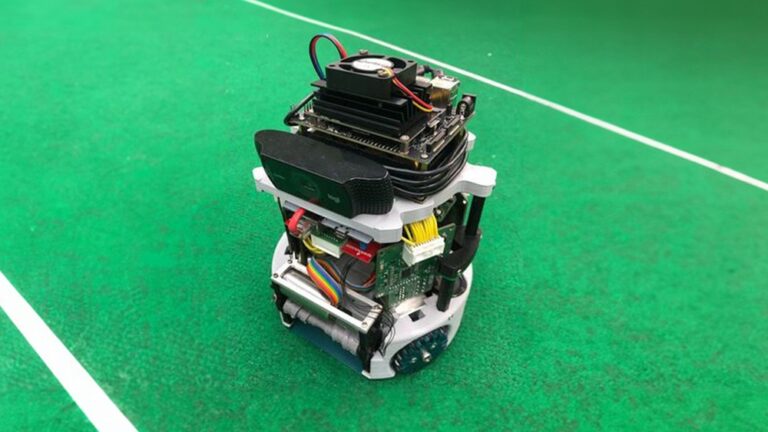
Soccer is considered one of the most popular sports around the world. And with good reason: the action is often intense, and the game combines both physicality and skill from the players that can be thrilling to watch. So it should come as no surprise that there are folks out there who are working to teach robots the finer points of the game, including how to gather the ball, line up a shot, pass��
]]>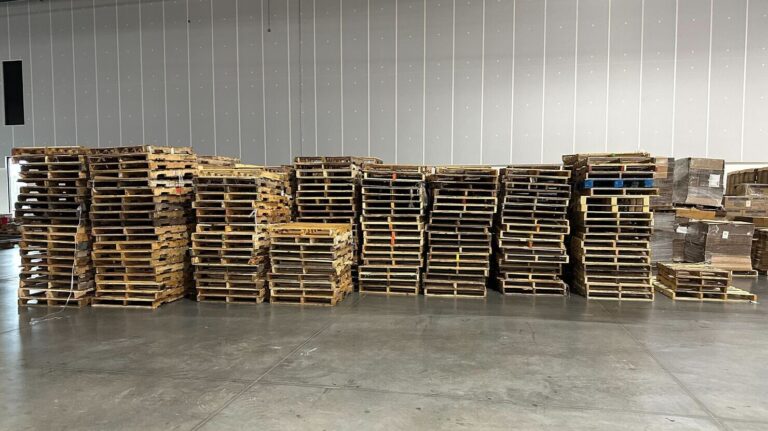
Imagine you are a robotics or machine learning (ML) engineer tasked with developing a model to detect pallets so that a forklift can manipulate them. ?You are familiar with traditional deep learning pipelines, you have curated manually annotated datasets, and you have trained successful models. You are ready for the next challenge, which comes in the form of large piles of densely stacked��
]]>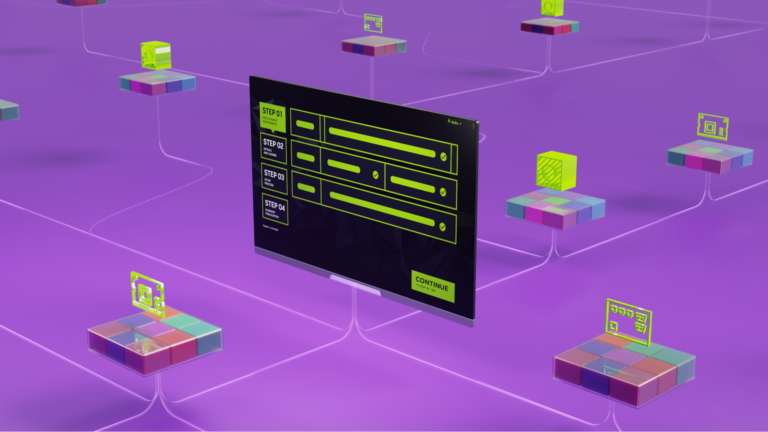
NVIDIA SDK Manager is the go-to tool for installing the NVIDIA JetPack SDK on NVIDIA Jetson Developer Kits. It provides a guided and simple way to install the development environment and get started with the developer kits in a matter of minutes. SDK Manager handles the dependencies between the components and brings the latest software to NVIDIA Jetson with every JetPack release. Previously��
]]>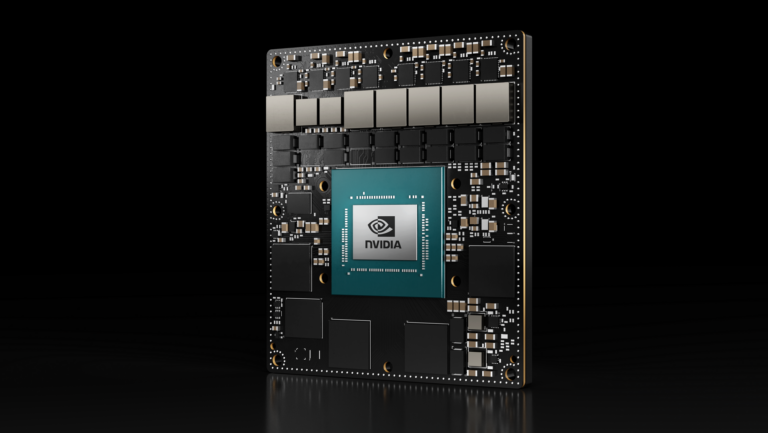
Gain insights from advanced AI use cases powered by the NVIDIA Jetson Orin in ruggedized environments.
]]>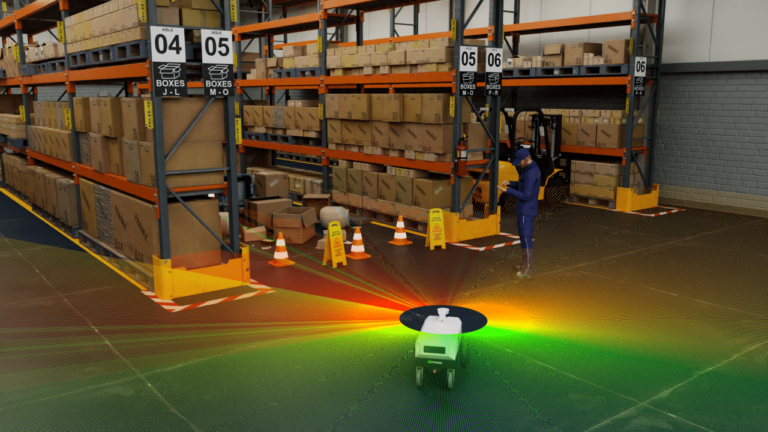
Robotics simulation enables virtual training and programming that can use physics-based digital representations of environments, robots, machines, objects, and other assets.
]]>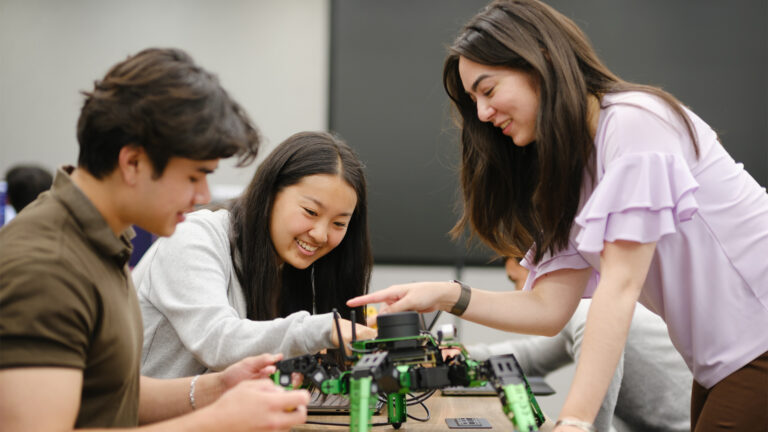
The NVIDIA Jetson Orin Nano and Jetson AGX Orin Developer Kits are now available at a discount for qualified students, educators, and researchers. Since its initial release almost 10 years ago, the NVIDIA Jetson platform has set the global standard for embedded computing and edge AI. These high-performance, low-power modules and developer kits for deep learning and computer vision give developers��
]]>
Embedded edge AI is transforming industrial environments by introducing intelligence and real-time processing to even the most challenging settings. Edge AI is increasingly being used in agriculture, construction, energy, aerospace, satellites, the public sector, and more. With the NVIDIA Jetson edge AI and robotics platform, you can deploy AI and compute for sensor fusion in these complex��
]]>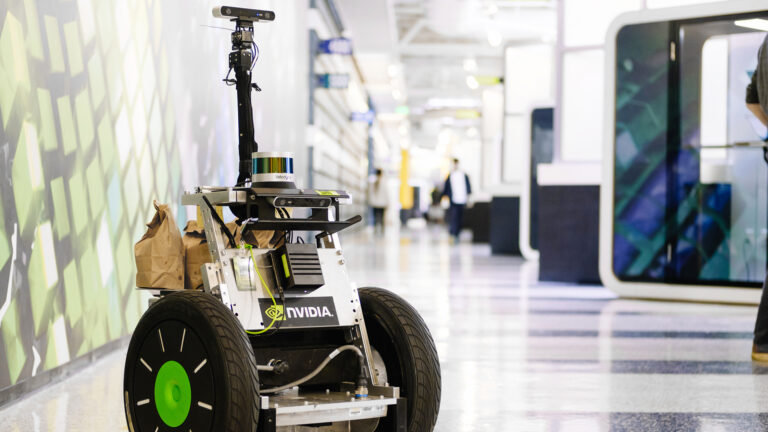
Hardware-in-the-loop (HIL) testing is a powerful tool used to validate and verify the performance of complex systems, including robotics and computer vision. This post explores how HIL testing is being used in these fields with the NVIDIA Isaac platform. The NVIDIA Isaac platform consists of NVIDIA Isaac Sim, a simulator that provides a simulated environment for testing robotics algorithms��
]]>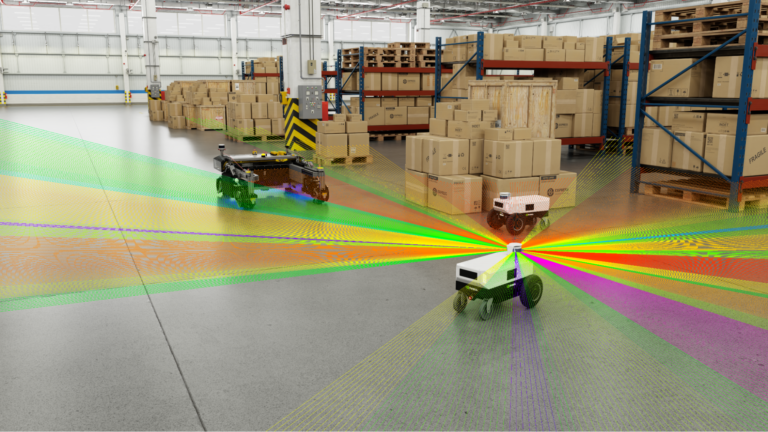
Robots are increasing in complexity, with a higher degree of autonomy, a greater number and diversity of sensors, and more sensor fusion-based algorithms. Hardware acceleration is essential to run these increasingly complex workloads, enabling robotics applications that can run larger workloads with more speed and power efficiency. The mission of NVIDIA Isaac ROS has always been to empower��
]]>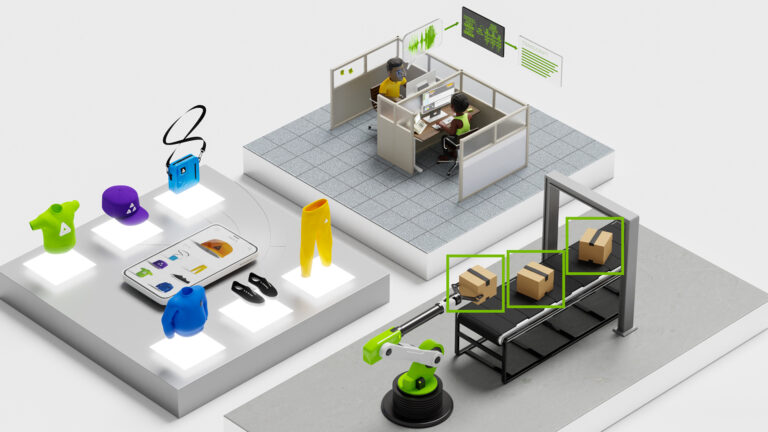
The most exciting computing applications currently rely on training and running inference on complex AI models, often in demanding, real-time deployment scenarios. High-performance, accelerated AI platforms are needed to meet the demands of these applications and deliver the best user experiences. New AI models are constantly being invented to enable new capabilities��
]]>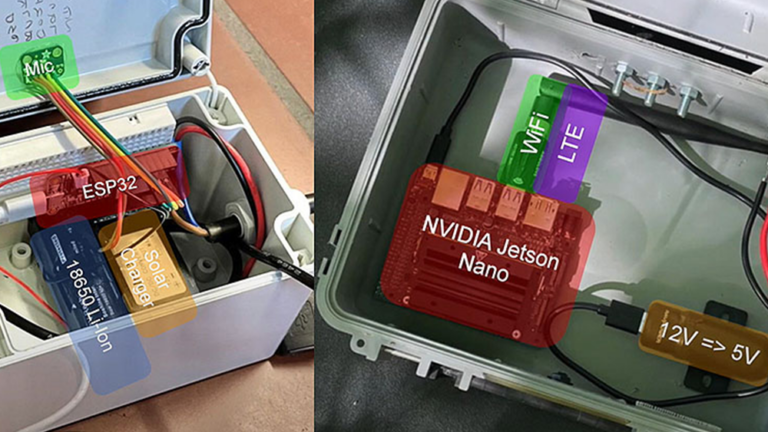
It is one thing to identify a bird in the wild based on how it appears. It is quite another to identify that same bird based solely on how it sounds. Unless you are a skilled birder having a Big Year, identifying birds by sound is likely to be quite challenging. A group of mathematics, computer science, and biology researchers from the University of Marburg in Germany devised a way to��
]]>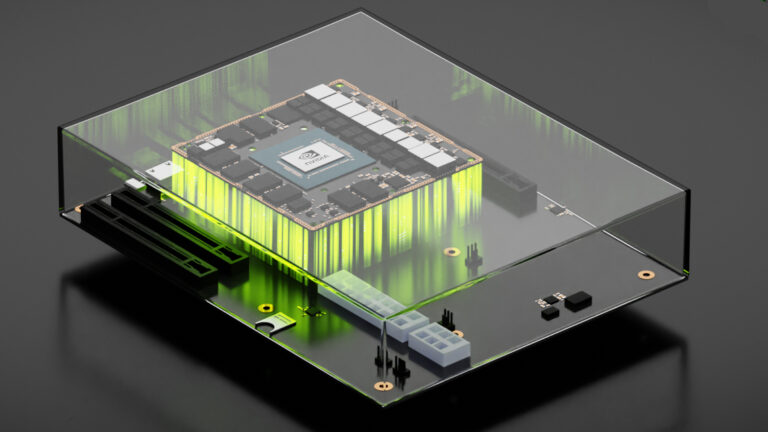
Check out object detection solutions, 360�� camera views, and more from NVIDIA Jetson ecosystem partners this week at Embedded World in Germany.
]]>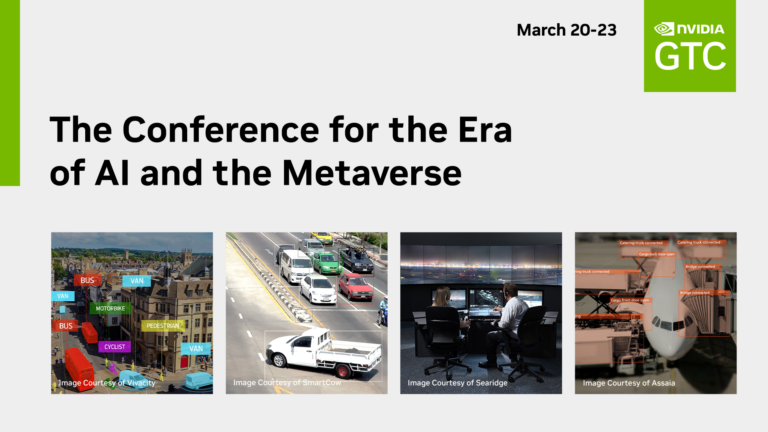
Learn how AI is enabling safer, more sustainable cities and improving operational efficiency in public spaces for our communities.
]]>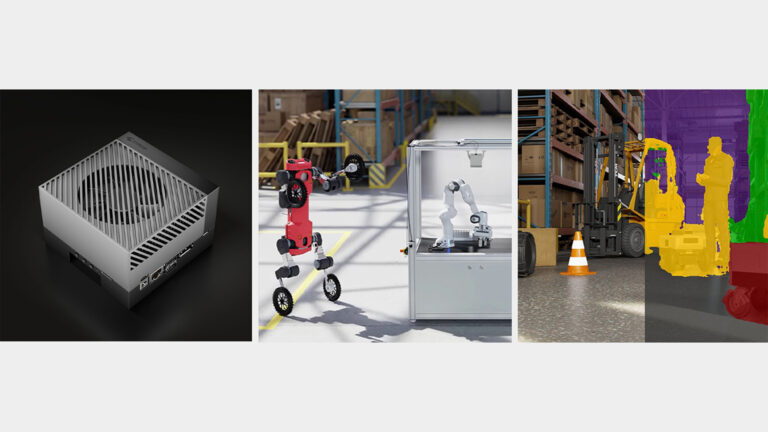
At NVIDIA GTC 2023 join robotics, edge AI, and computer vision experts for a deep dive into building next-generation AI-powered applications and autonomous machines.
]]>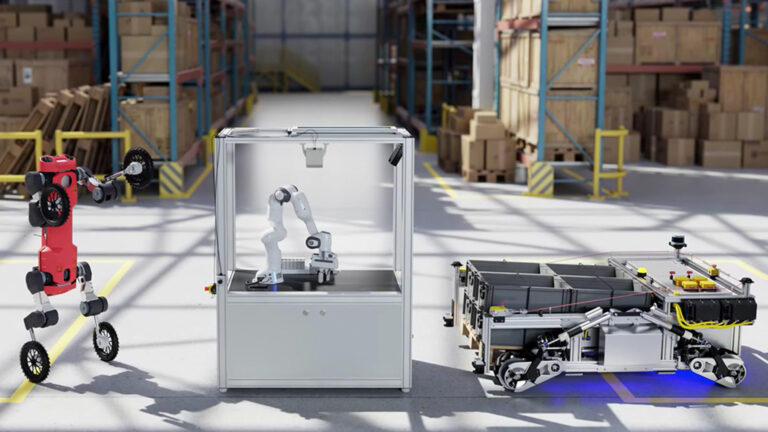
Get to know the NVIDIA technologies and software development tools powering the latest in robotics and edge AI.
]]>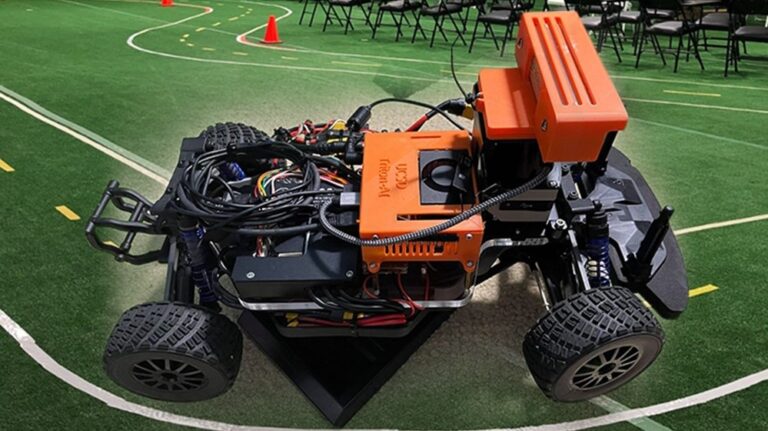
The 65th annual Daytona 500 will take place on February 19, 2023 and for many this elite NASCAR event is the pinnacle of the car racing world. For now, there are no plans to see an autonomous vehicle racing against cars with drivers, but it��s not too hard to imagine that scenario at a future race. At CES in early January, there was a competition to test the best autonomous racing vehicles.
]]>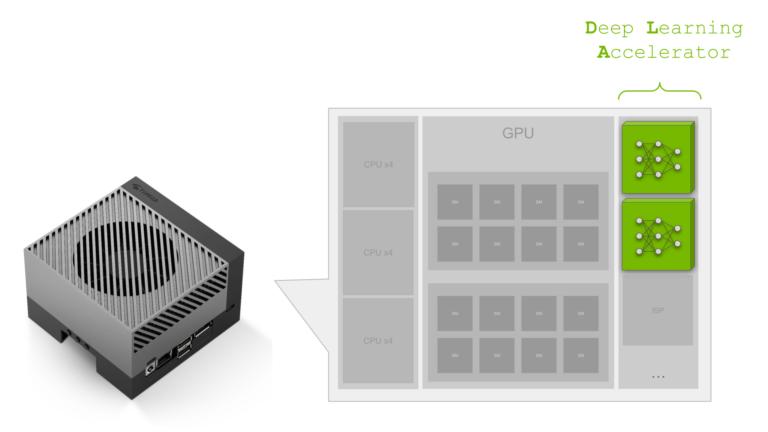
Are you using the full potential of DLA on your NVIDIA Jetson module? Review this FAQ to make the most of your deep learning operations.
]]>
Edge computing is the practice of processing data physically closer to its source.
]]>
Examples of what a smart city is can be found in metro IoT deployments from Singapore to Seat Pleasant, Maryland.
]]>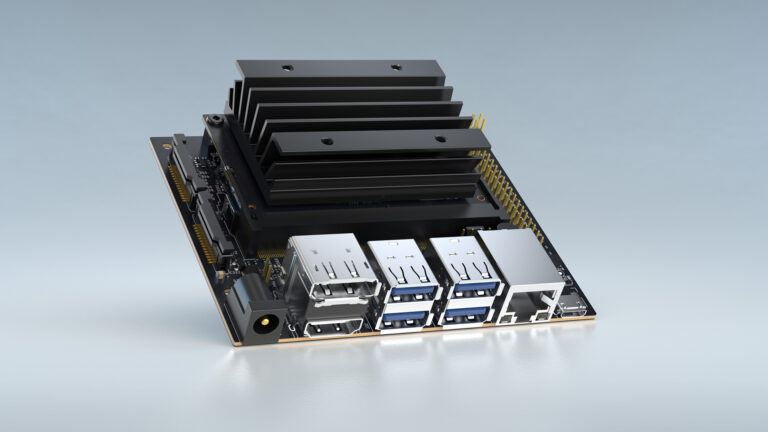
Are you interested in getting started with edge AI and robotics but not sure where to begin? Look at the relaunched NVIDIA Jetson Nano Developer Kit available for purchase from partners starting November 25, 2022 in the US and worldwide in December. Introduced 3 years ago, the NVIDIA Jetson Nano is a low-cost, entry-level AI computer for the embedded and edge AI market.
]]>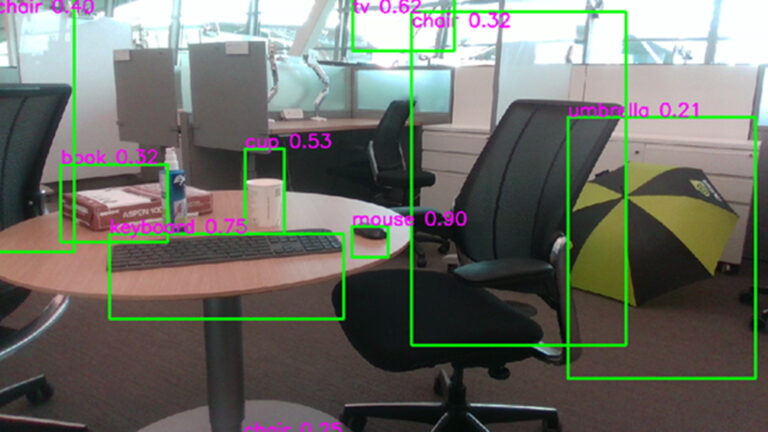
Learn about the NVIDIA Isaac ROS DNN Inference pipeline and how to use your own models with a YOLOv5 example in this December 1 webinar.
]]>
Learn how to upgrade your Jetson devices with the latest CUDA version at this webinar on November 9.
]]>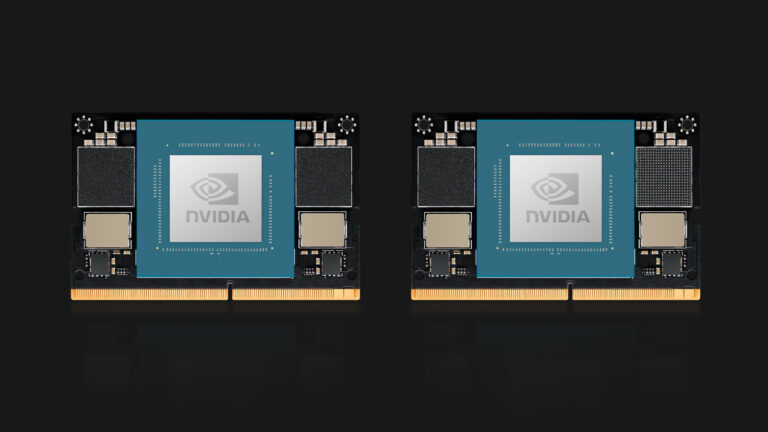
Learn the steps for reducing disk usage on NVIDIA Jetson in this webinar on November 1.
]]>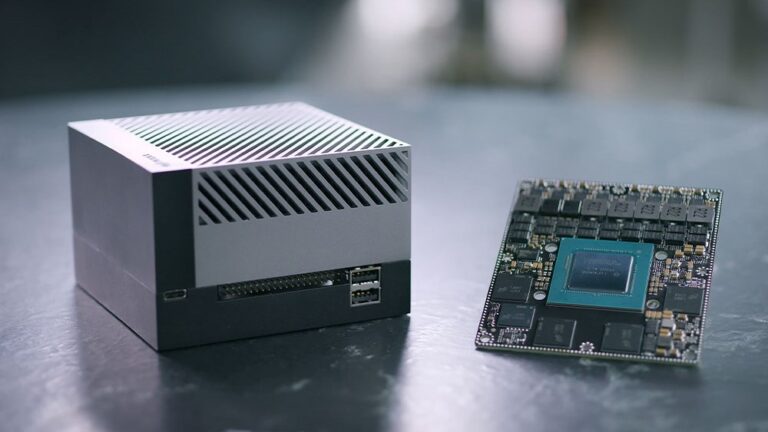
On October 18, learn how to unlock one-third of AI compute on the NVIDIA Jetson AGX Orin by leveraging Deep Learning Accelerator for your embedded AI applications.
]]>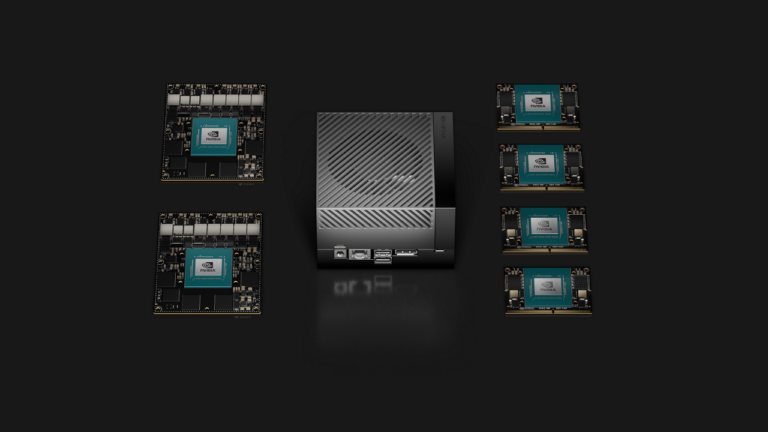
Join us on October 4 to learn how to develop for any Jetson Orin module using emulation support on the Jetson AGX Orin Developer Kit.
]]>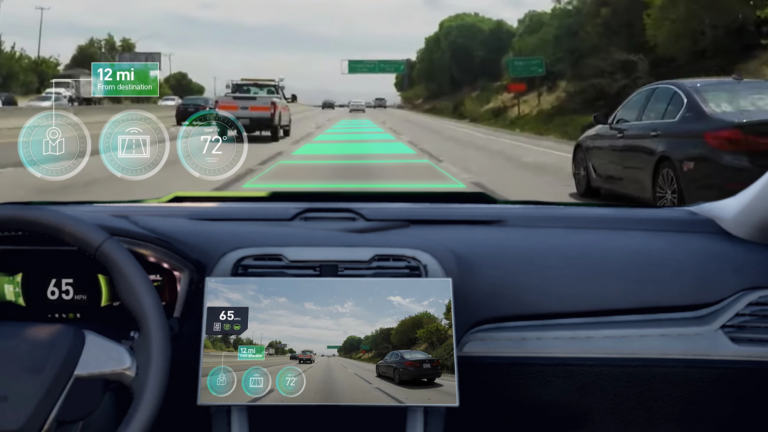
GPU-accelerated processing is vital to many automotive and embedded systems. Safety-critical and real-time applications have different requirements and deployment priorities than consumer applications, but they often are developed using GPU APIs that have been primarily designed for use in games. Vulkan SC (Safety Critical) is a newly released open standard to streamline the use of GPUs in��
]]>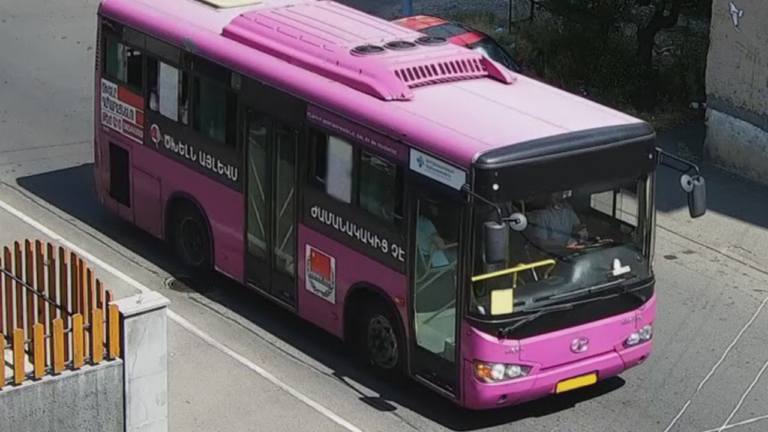
No one likes standing around and waiting for the bus to arrive, especially when you need to be somewhere on time. Wouldn��t it be great if you could predict when the next bus is due to arrive? At the beginning of this year, Armenian developer Edgar Gomtsyan had some time to spare, and he puzzled over this very question. Rather than waiting for a government entity to implement a solution��
]]>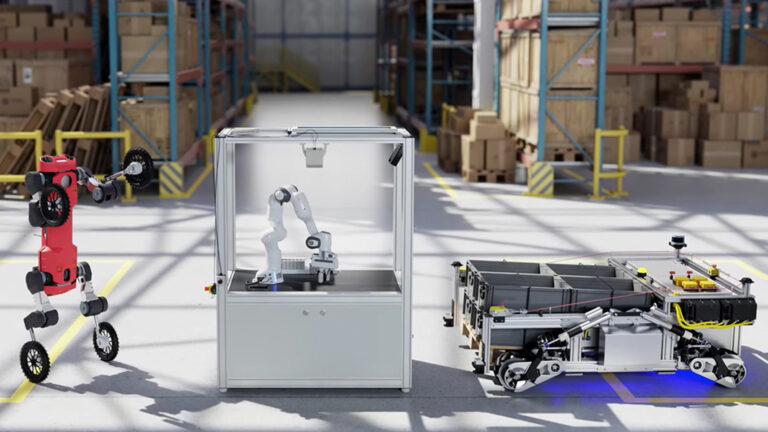
Discover the latest innovations in AI and robotics, and hear world-renowned Dr. Henrik Christensen talk about the future of robotics.
]]>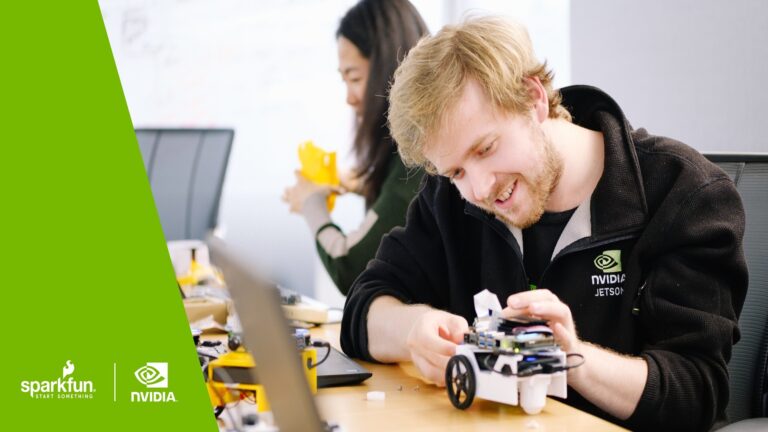
Create a project using the NVIDIA Jetson Nano developer kit and submit it by September 30 for a chance to win a Machine Learning at Home Kit.
]]>
Starting today, the NVIDIA Jetson AGX Orin 32GB production module is available for purchase. Combined with the world-standard NVIDIA AI software stack and an ecosystem of services and products, the road to market has never been faster. The NVIDIA Jetson AGX Orin 32GB module delivers up to 200 trillion operations per second (TOPS) of AI performance with power configurable between 15W and 40W��
]]>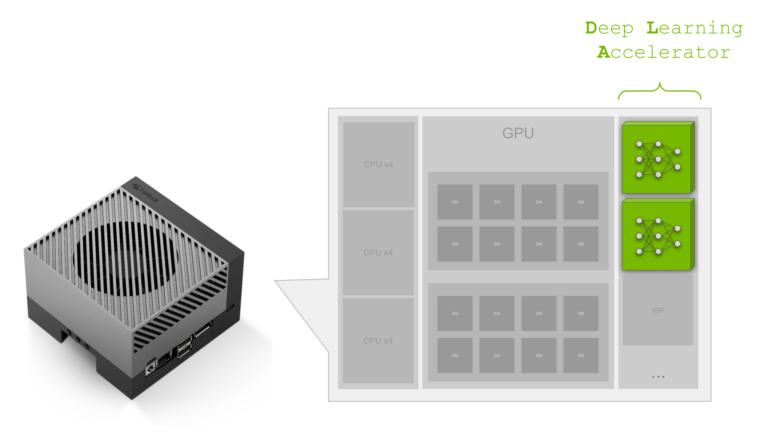
If you��re an active Jetson developer, you know that one of the key benefits of NVIDIA Jetson is that it combines a CPU and GPU into a single module, giving you the expansive NVIDIA software stack in a small, low-power package that can be deployed at the edge. Jetson also features a variety of other processors, including hardware accelerated encoders and decoders, an image signal processor��
]]>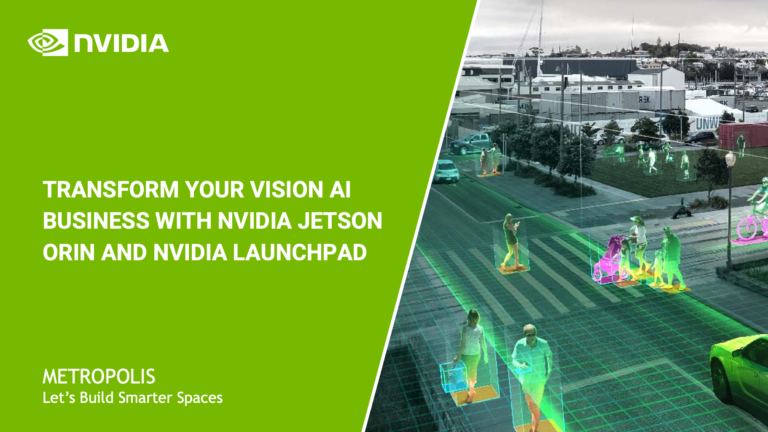
Join this webinar and Metropolis meetup on July 20 and 21 to learn how NVIDIA Jetson Orin and NVIDIA Launchpad boost your go-to-market efforts for vision AI applications.
]]>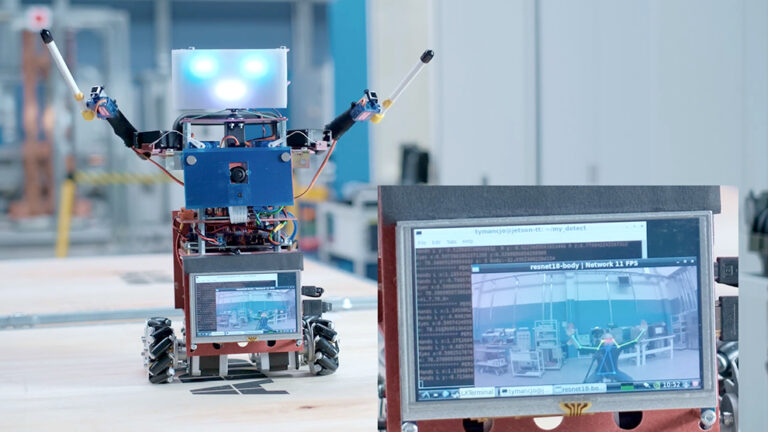
They say ��imitation is the sincerest form of flattery.�� Well, in the case of a robotics project by Polish-based developer Tomasz Tomanek, imitation��or mimicry��is the goal of his robot named Mariola. In this latest Jetson Project of the Month, Tomanek has developed a funky little robot using pretrained machine learning models to make human-robot interactions come to life.
]]>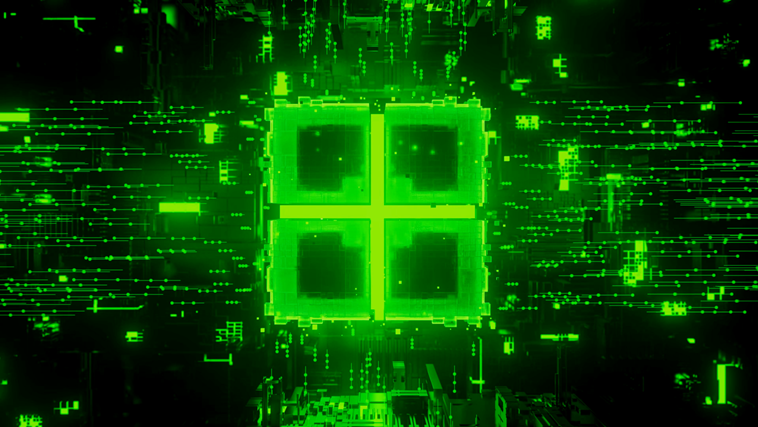
Following in the footsteps of large-scale supercomputers like the NVIDIA DGX SuperPOD, this post guides you through the process of creating a small-scale cluster that fits on your desk. Below is the recommended hardware and software to complete this project. This small-scale cluster can be utilized to accelerate training and inference of artificial intelligence (AI) and deep learning (DL)��
]]>
Experience the ��Summer of Jetson�� now through Sept. 30, with quizzes, prizes, and a project showcase to learn about the joys of working with the Jetson Nano developer kit.
]]>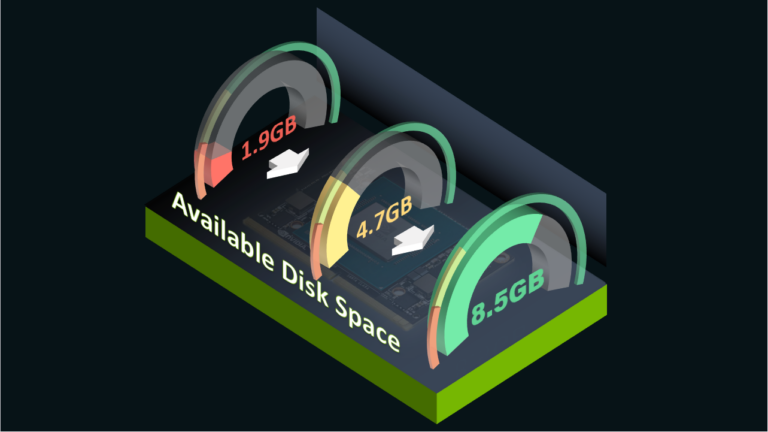
NVIDIA Jetson provides flexible storage options/configurations for development, but some of the Jetson modules are equipped with a limited eMMC flash memory storage size for more cost-conscious, large-scale product deployment. It may initially seem impossible to fit your applications and necessary libraries in the limited storage space, especially with the full set of NVIDIA JetPack, BSP��
]]>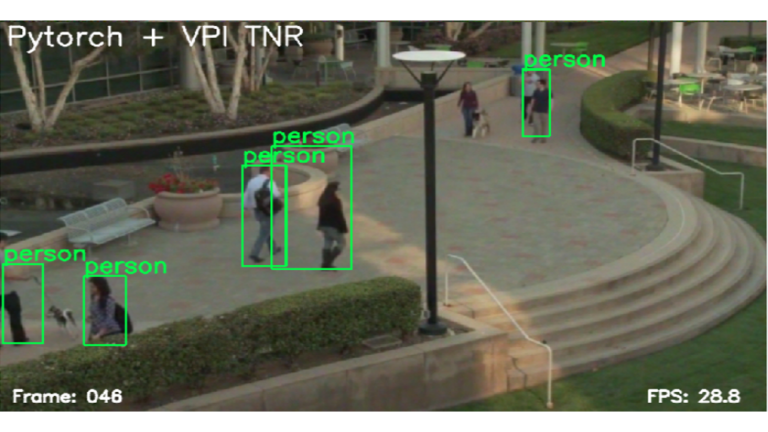
NVIDIA Vision Programming Interface (VPI) is a computer vision and image-processing software library from NVIDIA that enables you to implement algorithms that are accelerated on different hardware backends available on NVIDIA Jetson embedded devices and discrete GPUs. Some of the algorithms in the library include filtering methods, perspective warp, temporal noise reduction��
]]>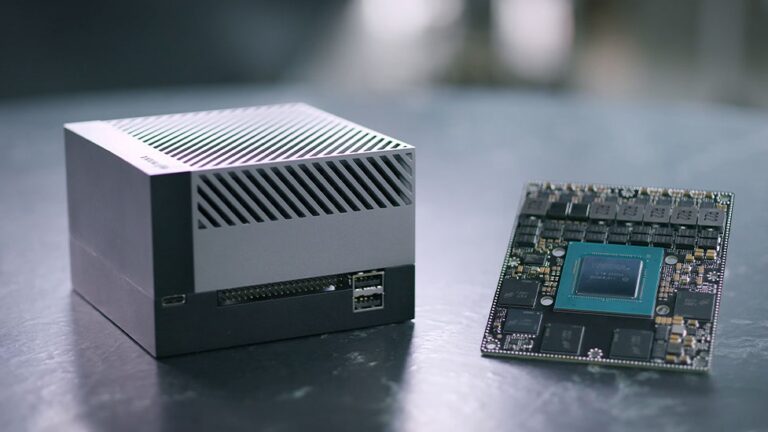 ]]>
]]>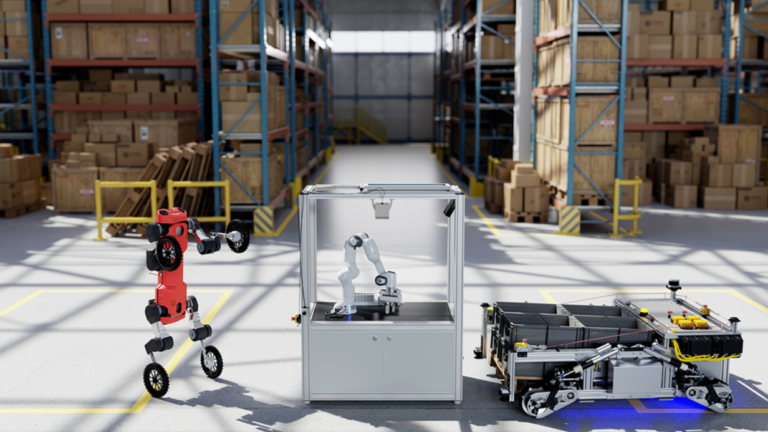 ]]>
]]>
Marine biologists have a new AI tool for monitoring and protecting coral reefs. The project��a collaboration between Google and Australia��s Commonwealth Scientific and Industrial Research Organization (CSIRO)��employs computer vision detection models to pinpoint damaging outbreaks of crown-of-thorns starfish (COTS) through a live camera feed. Keeping a closer eye on reefs helps scientists address��
]]>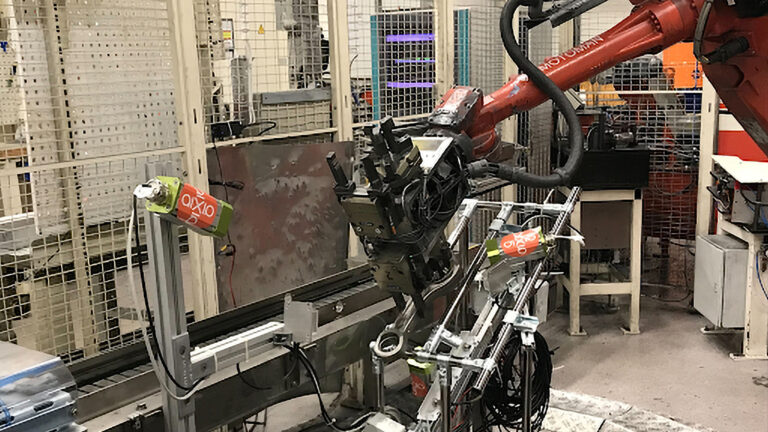
Join the NVIDIA Triton and NVIDIA TensorRT community to stay current on the latest product updates, bug fixes, content, best practices, and more. Implementing quality control and assurance methodology in manufacturing processes and quality management systems ensures that end products meet customer requirements and satisfaction. Surface defect detection systems can use image data to perform��
]]> ]]>
]]>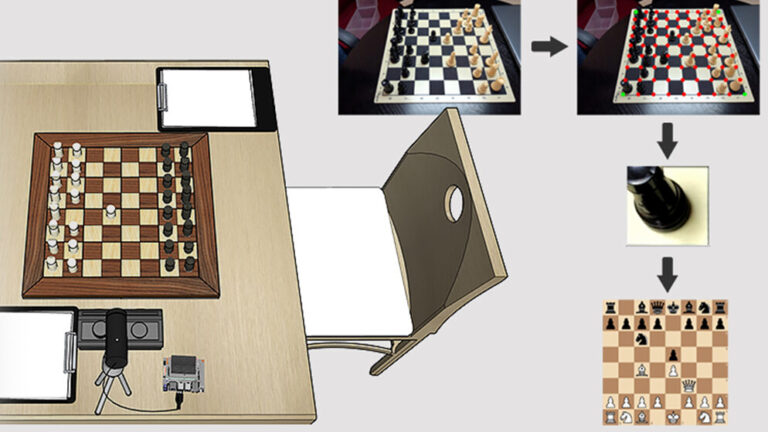
American chess grandmaster and the eleventh World Chess Champion Bobby Fischer once said, ��All that matters on the chessboard is good moves.�� Easy for him to say. But, if you are new to the game or looking to get better, how can you know that the moves you are making are in fact good ones? Wouldn��t it be great if you could analyze your game, play by play? To address this problem��
]]>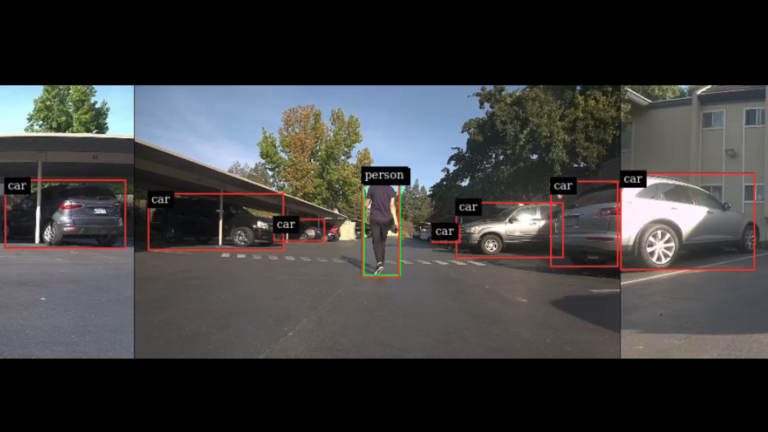
This solution requires the use of DeepStream 5.1. Multi-camera applications are becoming increasingly popular; they are essential for enabling autonomous robots, intelligent video analytics (IVA), and AR/VR applications. Regardless of the specific use case, there are common tasks that must always be implemented: In many cases, you also want to deploy a DNN on the camera streams and��
]]>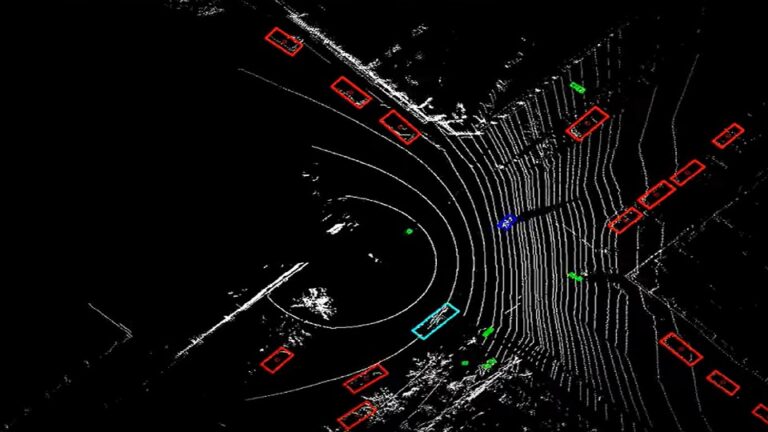
Bluecity, an NVIDIA Metropolis partner, recently launched a new traffic management solution for safer roads and shorter commutes. The technology combines vision AI and lidar technology to better understand round-the-clock traffic data, providing information that could help city planning departments identify problem intersections, reduce congestion, plan smarter, and lower emissions.
]]>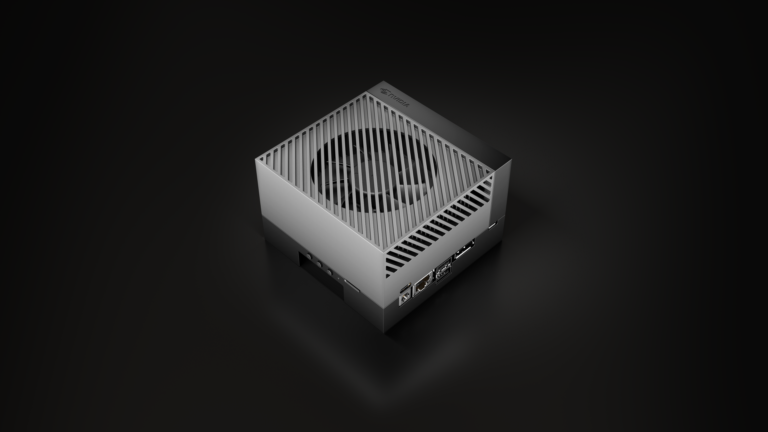
Availability of the the NVIDIA Jetson AGX Orin Developer Kit was announced today at NVIDIA GTC. The platform is the world��s most powerful, compact, and energy-efficient AI supercomputer for advanced robotics, autonomous machines, and next-generation embedded and edge computing. Jetson AGX Orin delivers up to 275 trillion operations per second (TOPS). It gives customers more than 8X the��
]]>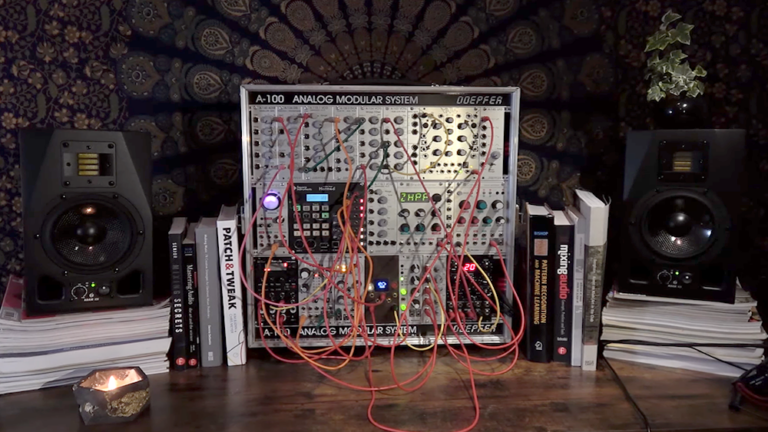
Are you a fan of synthesizer-driven bands like Depeche Mode, Erasure, or Kraftwerk? Did you ever think of how cool it would be to create your own music with a synthesizer at home? And what if that process could be enhanced with the help of NVIDIA Jetson Nano? The latest Jetson Project of the Month has found a way to do just that, bringing together a Eurorack synthesizer with a Jetson Nano��
]]>
Join us at GTC, March 21-24, to explore the latest technology and research across AI, computer vision, data science, robotics, and more! With over 900 options to choose from, our NVIDIA experts put together some can��t-miss sessions to help get you started: Creating the Future: Creating the World��s Largest Synthetic Object Recognition Dataset for Industry��
]]>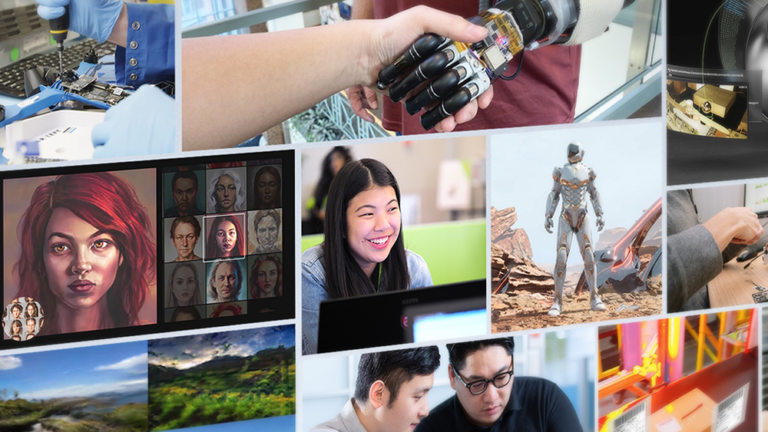
Our weekly roundup covers the most recent software updates, learning resources, events, and notable news. Events NVIDIA Jetson Developer Day is led by world-renowned experts in robotics, edge AI, and deep learning. This one-day event, at the start of GTC on Monday, March 21, gives a unique deep-dive into building next-gen AI-powered applications and autonomous��
]]>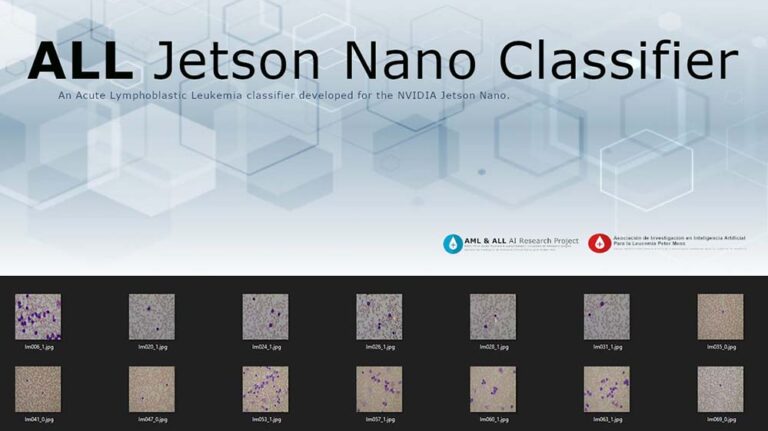
NVIDIA Jetson Nano is paving the way to detect certain types of cancer sooner. Adam Milton-Barker��s grandfather, Peter Moss, was diagnosed with a terminal illness, Acute Myeloid Leukemia, in 2018. One month prior, doctors had given his grandfather an ��all clear�� during a routine blood test with no signs of leukemia. At the time, he was convinced there should have been some sort of sign about��
]]>
Performing real-time inference with high accuracy is a challenging task, especially in a poor-visibility environment. With NVIDIA Jetson embedded platforms, teams at the recently concluded Defense Advanced Research Projects Agency (DARPA) Subterranean (SubT) Challenge were able to detect objects of interest with both high accuracy and high throughput. In this post, we will cover the results��
]]>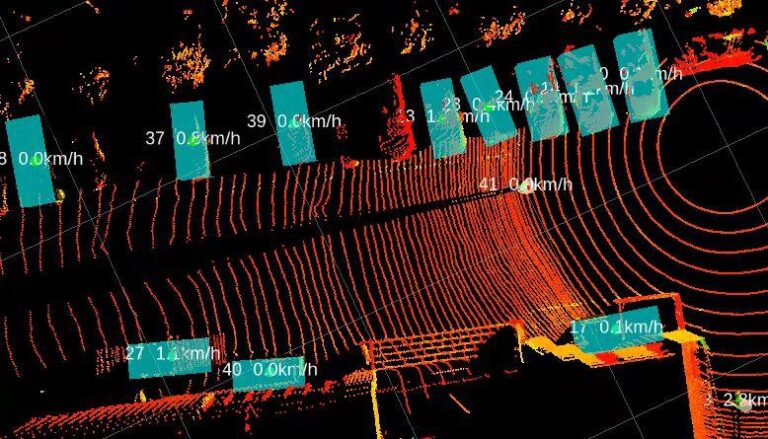
A point cloud is a data set of points in a coordinate system. Points contain a wealth of information, including three-dimensional coordinates X, Y, Z; color; classification value; intensity value; and time. Point clouds mostly come from lidars that are commonly used in various NVIDIA Jetson use cases, such as autonomous machines, perception modules, and 3D modeling. One of the key��
]]>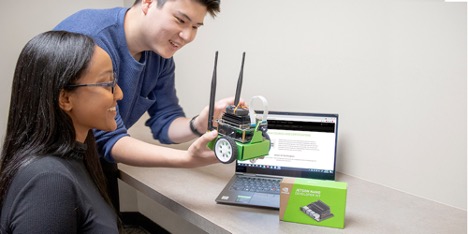
NVIDIA has partnered with iD Tech, a leading STEM educator for kids and teens, to create a brand new certification program based on the NVIDIA Jetson Nano. The Artificial Intelligence and Machine Learning certification program is a 10-week long, bootcamp-style virtual course. It is aimed at students ages 13-19 who are looking to boost their Python skills and dive into AI.
]]>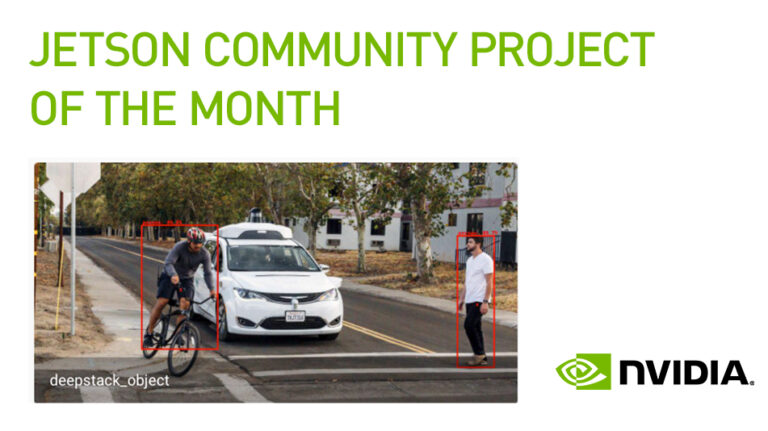
The holidays should be a time for relaxation, and with NVIDIA Jetson technology, you can do just that. The latest Jetson Project of the Month comes from a developer who has created ways to simplify home automation projects, using a combination of DeepStack, Home Assistant, and NVIDIA Jetson. Robin Cole, a senior data scientist at Satellite Vu with a background in physics��
]]>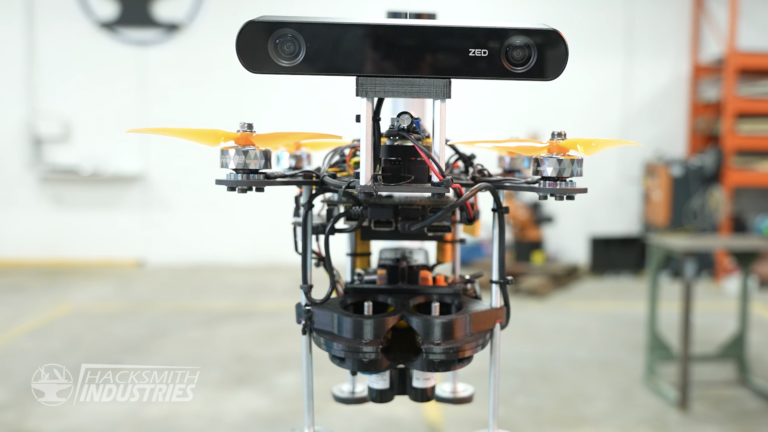
Earlier this year, NVIDIA sponsored a contest with Make: Magazine, asking makers to submit their best AI-enabled droid projects with a galactic theme. Below are the two droid contest winners. During the Covid lockdown, John Ferguson looked for a fun project to build with his 11-year-old son. Using a 3D printer, John took on the massive task of creating every inch of his robot.
]]>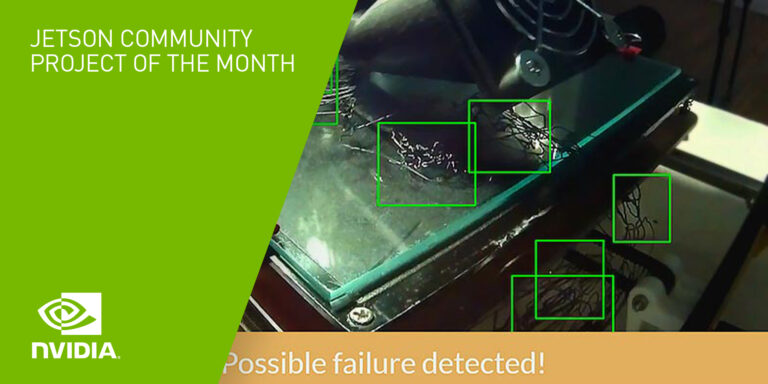
Update: As of May 26, 2022, The Spaghetti Detective is now known as Obico, an open-source smart 3D printing platform. 3D printing can be a quick and convenient way to prototype ideas and build useful everyday objects. But it can also be messy��and stressful��when a print job encounters an error that leaves your masterpiece buried in piles of plastic filament. Those tangles of twisted goop are��
]]>
The NVIDIA Jetson AGX Orin��the world��s smallest, most powerful, and energy-efficient AI supercomputer for robotics, autonomous machines, and edge computing applications��was announced today at NVIDIA GTC. The new Jetson single-chip computer is so small you can fit it in the palm of your hand, and yet it can deliver processing power similar to a GPU-enabled server. It maintains the same form��
]]>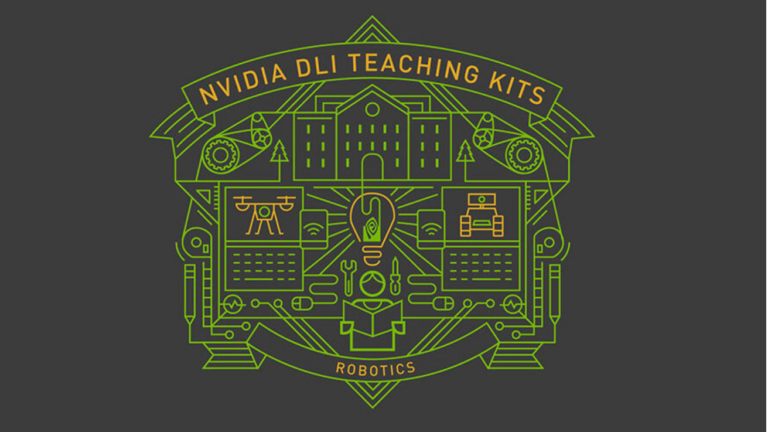
The NVIDIA Deep Learning Institute (DLI) Teaching Kit program released an updated course for university educators to teach the latest in edge AI and robotics. The Edge AI and Robotics Teaching Kit is a collaborative effort between NVIDIA experts, a team from the University of Oxford, and the University of Maryland, Baltimore County (UMBC). As the fifth release from DLI��
]]>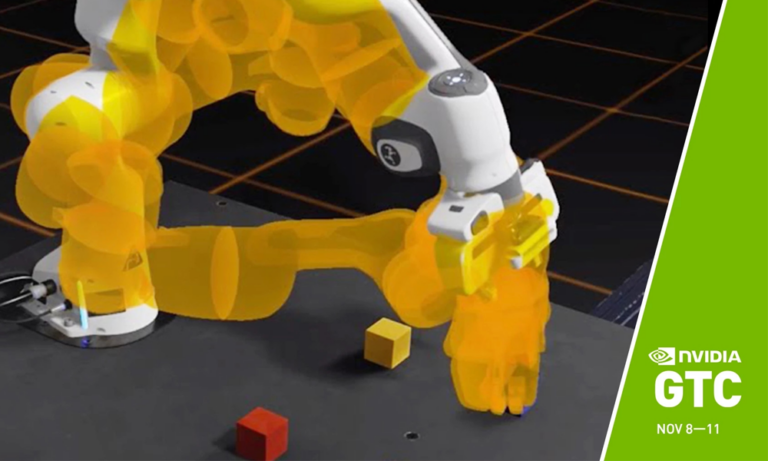
Join leaders from NVIDIA, key partners and experts as they share their vision for the future of AI and robotics at GTC next month from November 8 �C 11. More than 15 sessions will be presented covering autonomous machines and robotics-specific topics, ranging from manufacturing automation, to robotics research and learning. Below are five robotics sessions at GTC that will give you the��
]]>